-
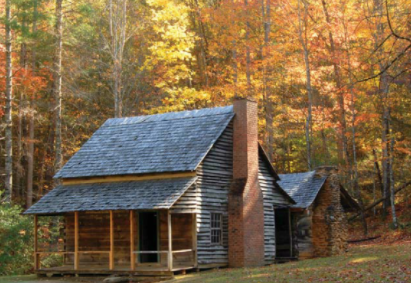 Throughout the 1700s, many people moved west to settle on large plots of land. They lived on their land in a variety of dwellings.
Throughout the 1700s, many people moved west to settle on large plots of land. They lived on their land in a variety of dwellings. -
 Farmhouses ranged in design and construction from sod houses to log cabins to ranch houses. At the same time, the construction of large plantation houses was happening in the South.
Farmhouses ranged in design and construction from sod houses to log cabins to ranch houses. At the same time, the construction of large plantation houses was happening in the South. -
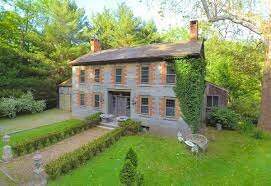 The Industrial Revolution brought major changes to the economy and society through the use of new machines and the efficient production of goods.
The Industrial Revolution brought major changes to the economy and society through the use of new machines and the efficient production of goods. -
 The demand for workers grew out of changes in mass production due to the use of such machines.
The demand for workers grew out of changes in mass production due to the use of such machines. -
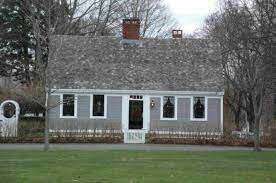 Along with immigrants, rural people began moving to the cities looking for jobs. With an increasing birth rate, the cities grew. This increased the demand for housing in urban areas.
Along with immigrants, rural people began moving to the cities looking for jobs. With an increasing birth rate, the cities grew. This increased the demand for housing in urban areas. -
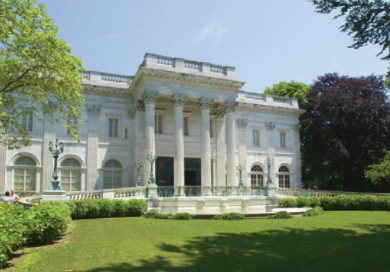 Mansions, such as the Alva Vanderbilt Marble House shown here, were often built for wealthy businesspeople in the late 1800s.
Mansions, such as the Alva Vanderbilt Marble House shown here, were often built for wealthy businesspeople in the late 1800s. -
 Many people in urban settings lived in these row houses in the late 1800s.
Many people in urban settings lived in these row houses in the late 1800s. -
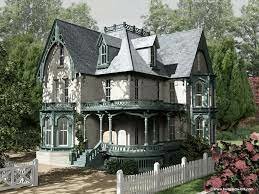 The first row houses were built in the 1820s. Row houses are a continuous group of dwellings linked by common sidewalls.
The first row houses were built in the 1820s. Row houses are a continuous group of dwellings linked by common sidewalls. -
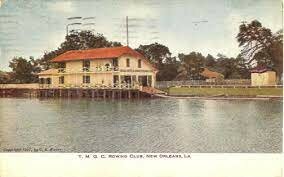 Two-story row houses sometimes housed as many as six families at a time.
Two-story row houses sometimes housed as many as six families at a time. -
 Most houses were frame houses in various designs. A number of tenement houses, or early apartments, were built before housing regulations existed. The first tenement houses appeared in New York City around 1840 to house immigrants.
Most houses were frame houses in various designs. A number of tenement houses, or early apartments, were built before housing regulations existed. The first tenement houses appeared in New York City around 1840 to house immigrants. -
 During the early 1900s, there was a dramatic increase in the number of immigrants to the United States with many moving to the cities. A housing boom in the early 1900s began to meet this need for housing.
During the early 1900s, there was a dramatic increase in the number of immigrants to the United States with many moving to the cities. A housing boom in the early 1900s began to meet this need for housing. -
 Then during World War I (1914–1918), almost no housing was built except by the federal government, causing a housing shortage. House ownership declined.
Then during World War I (1914–1918), almost no housing was built except by the federal government, causing a housing shortage. House ownership declined. -
 There was a shortage of materials and, as a result, structures fell into disrepair. After World War I, about one-third of the population was living in substandard housing
There was a shortage of materials and, as a result, structures fell into disrepair. After World War I, about one-third of the population was living in substandard housing -
 Substandard means the housing is not up to the quality living standards prescribed by law that are best for people
Substandard means the housing is not up to the quality living standards prescribed by law that are best for people -
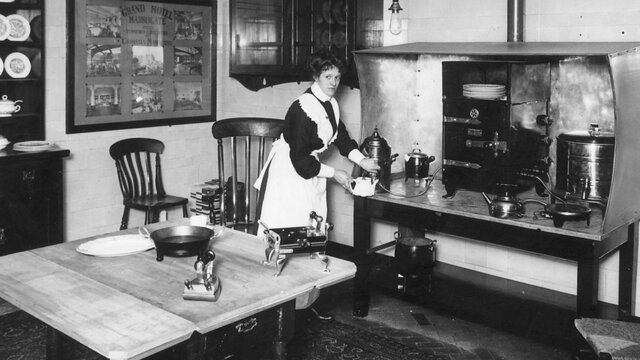 By the time of the Great Depression in 1929, more than half the U.S. population lived in cities. The building of houses, however, had slowed down.
By the time of the Great Depression in 1929, more than half the U.S. population lived in cities. The building of houses, however, had slowed down.